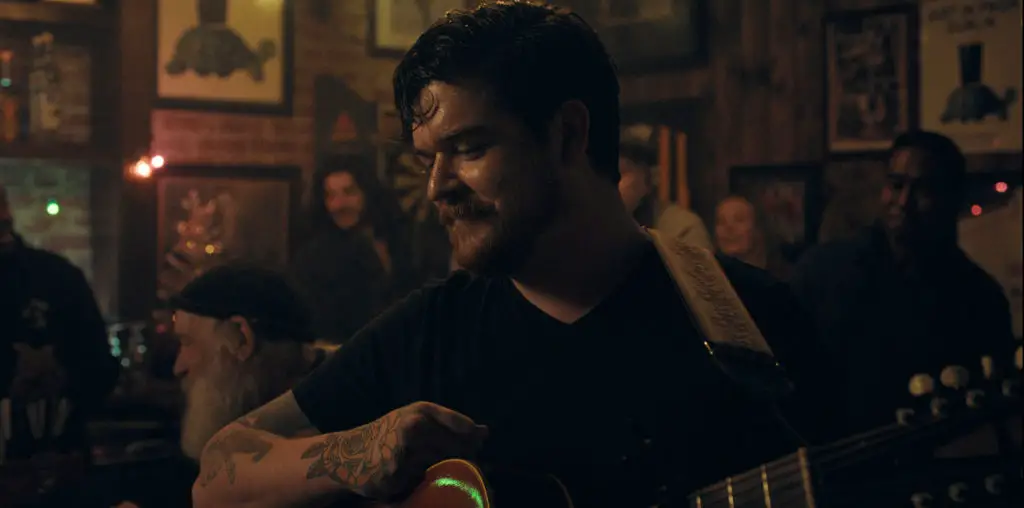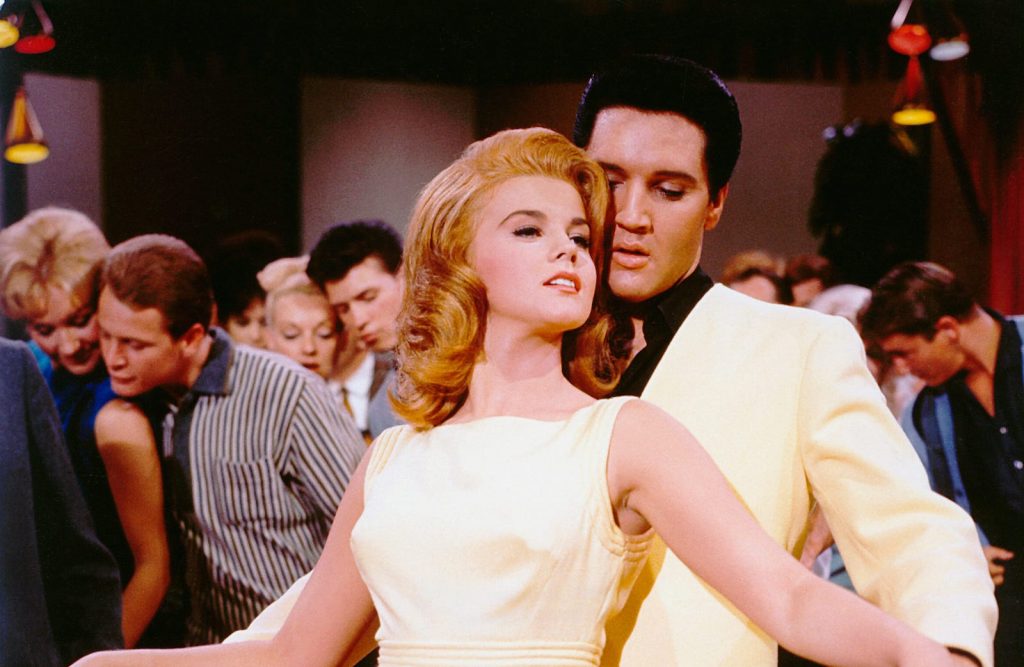
In the wake of a traumatic event, human beings often adopt a number of behaviors to cope with the suffering they’ve experienced. Some self-medicates with drugs and alcohol, others find succor in religion, and many try to use sex and love as a salve for their pain and heartbreak. Israeli director, Natalie Kaplan’s film Once There Was A Girl explores this theme via the experiences of a young woman who attempts to right her emotional ship by finding safe harbor in the arms of others. Well-intentioned but upended by a choppy narrative and underdeveloped characters, this uneven film fumbles an opportunity to comment on the all too human experiences of grief and recovery.
The film’s protagonist Noa, a late twenty-something played by Liat Glick, is a laconic woman with bee-stung lips and a haunted demeanor. Emotionally detached and with few connections – material or personal – it’s apparent that something terribly painful has happened to her. The nature of this trauma remains a mystery through her regular trips to see her doctor – for treatment of non-existent ailments – and constant insomnia. Otherwise, she seems to be sleepwalking her way through life; she swims at the local pool, steals small items on several occasions, carries on an emotionally vacant sexual relationship with a much younger man (whom she calls “the kid”), and works a dead-end retail job with an old high school friend.

“…Noa seems to be sleepwalking her way through life…”
It is in the waiting room of a sleep clinic that Noa makes her sole emotional connection. There she runs into her neighbor, an attractive fellow that she had been watching from afar earlier in the film. Conveniently, he too has a sleep disorder, which explains his propensity for late night carpentry and heavy-bag workouts. This common affliction brings the two together. They talk a bit about the nature of intimacy and soon become “cushion surrogates” as Noa calls it – sleeping in the same bed in the hope that the other’s physical presence will lull both into slumber. It is at this point, through the lens of a real human connection, that I, at last, had some measure of hope that Noa would begin to open up and reveal what was bedeviling her night and day. However, she retreats from this platonic relationship and, in a rather erratic turn of events, breaks into her doctor’s apartment where she hides in his bed only to seduce the physician when he returns home (the Hippocratic oath, apparently, be damned though there was a hint earlier in the film that the good doctor was taking liberties with his female patients).

“…wished someone would reach out and intervene to either help her or shake her out the fog…”
With such rich territory to mine, it’s a shame that the Ms. Kaplan made so many ambiguous, distancing choices. By choosing not to employ a soundtrack, including only the sparsest of dialog and minimalist sets, and shrouding the protagonist’s backstory in uncertainty, the director may very well have been trying to cast Noa as a tabula rasa – a blank slate that the viewer could project his/her own feelings of pain and grief onto and, thus, process/exorcise them along with Noa. Instead, the whole experience felt oddly cold and off-putting. With her increasingly erratic actions, I found myself caring less and less about Noa and wished someone or something would reach out and intervene to either help her or metaphorically shake her out the fog she was entrapped within. But no intervention came and I was glad to return to the waking world with its mixture of color and banality, beauty and ruin.

Once There Was A Girl (2016) Directed by Natalie Kaplan. Starring Liat Glick, Eli Danker, Nicholas Jacob, and Yael Sharoni.
2 out of 5 stars


